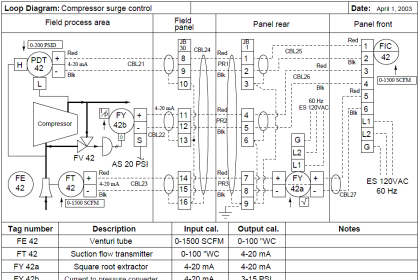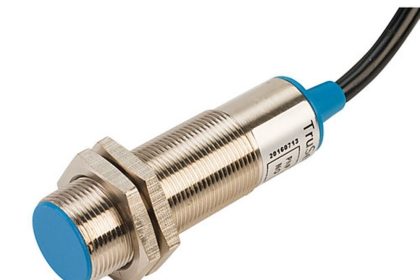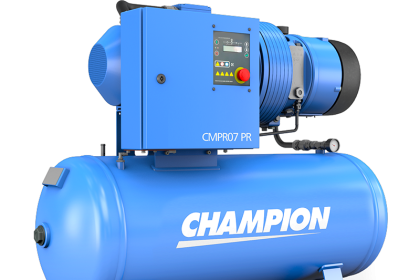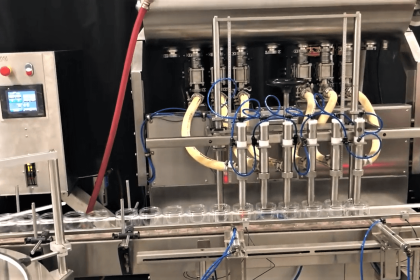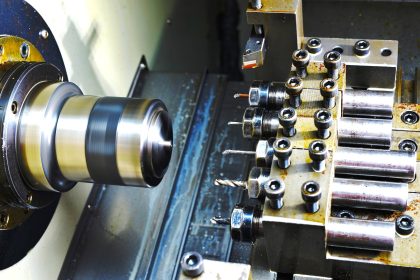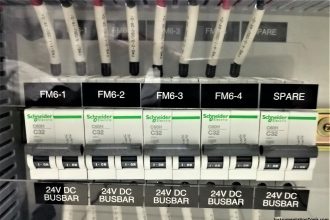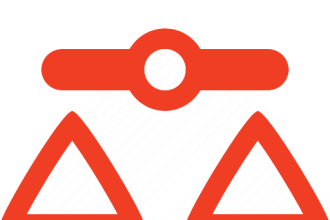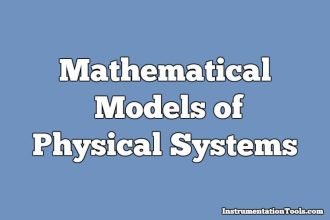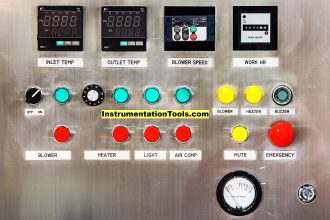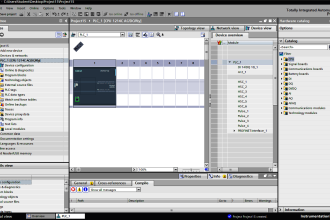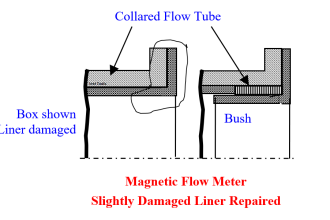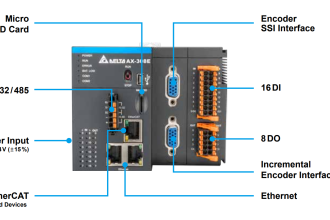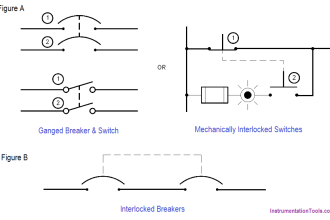Fuzzy logic is a typical type of logic through which for any variable there are multiple possible truth values that can be processed. Many logical systems work by processing inputs and outputs in terms of true and false. But in the case of fuzzy logic, the degree of the truthiness of the variable is taken into consideration. The word Fuzzy itself means unclear.
Boolean logic which is mainly used in computers uses 0 as a false condition and 1 as a true condition. But in the case of Fuzzy Logic, many intermediate values between 0 and 1 are possible. The values used for fuzzy logic between 0 and 1 determine the amount of trueness of a given variable. Hence, in Fuzzy Logic, values such as 0.1, 0.5, and 0.9 are possible.
The Architecture of Fuzzy Logic
Fuzzy Logic has 4 main components. They are Rule Base, Fuzzification, Interference Engine, and Defuzzifier.
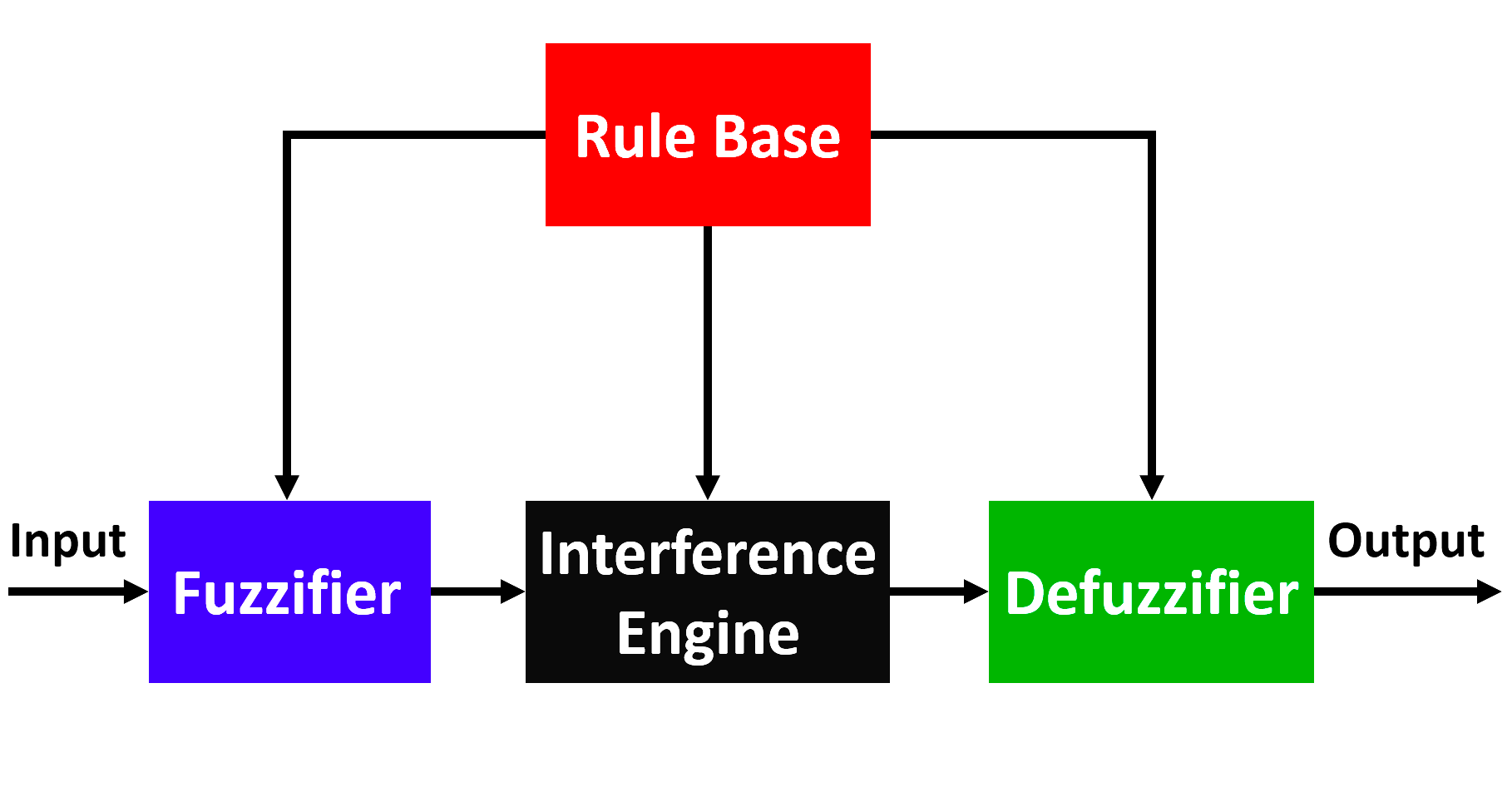
Let us have a look into all these 4 components.
- Rule Base
Rule base as the name suggests contains the rules. The basics of this rule base are IF-THEN.
The conditions are taken into consideration and the rule of IF is applied. If the condition meets the requirements of the given logical statement, then the rule is applied.
- Fuzzification
In fuzzification, the inputs from various input devices like sensors are converted into fuzzy sets. The inputs from the input devices are also termed crisp inputs.
- Interference Engine
The interference engine is the main brain of fuzzy logic. The interference engine decides what to do or what output to produce for a given fuzzy set/crisp input.
Here, Rule Base is used by the system to determine the output. The output of the interference engine is also in terms of fuzzy sets/crisp.
- Defuzzification
The fuzzy sets given by the interference engine as output is an inputs for the defuzzifier.
The defuzzifier produces the output of the Fuzzy Logic System. Here also, the rule base is used as a reference to produce the outputs.
Advantages of Fuzzy Logic
- Fuzzy logic relies on logical sets and reasoning which can be easily understood by any user.
- Fuzzy logic is easy to understand and hence fuzzy logic is user-friendly.
- Many complex problems cannot be solved by other systems which are easily solved by fuzzy logic.
- Fuzzy logic can give accurate outputs with imprecise data or inaccurate.
- Fuzzy logic is widely used for commercial and practical purposes.
Disadvantages of Fuzzy Logic
- Sometimes fuzzy logic implementation becomes difficult because no systematic approach to solving through fuzzy logic is possible.
- Setting up fuzzy logic itself is sometimes very difficult
Applications of Fuzzy Logic
- In washing machines, fuzzy logic is widely used for automation.
- Fuzzy logic is used in computer-aided diagnostic systems.
- Fuzzy logic is used in gear selection in automobiles based on some factors like road conditions, engine load, and the style of driving.
- Fuzzy logic is used in aerospace to manage the altitude of satellites and spacecraft.
- In process industries, fuzzy logic is mostly used for the control of pH and conductivity.
- The neural network uses fuzzy logic to make decisions faster.
If you liked this article, then please subscribe to our YouTube Channel for Electrical, Electronics, Instrumentation, PLC, and SCADA video tutorials.
You can also follow us on Facebook and Twitter to receive daily updates.
Read Next:
- Motor Feedback PLC Logic
- Steps in PLC System Design
- SCADA System Vulnerabilities
- Boiler Feed Water Treatment
- Feedback Control System
